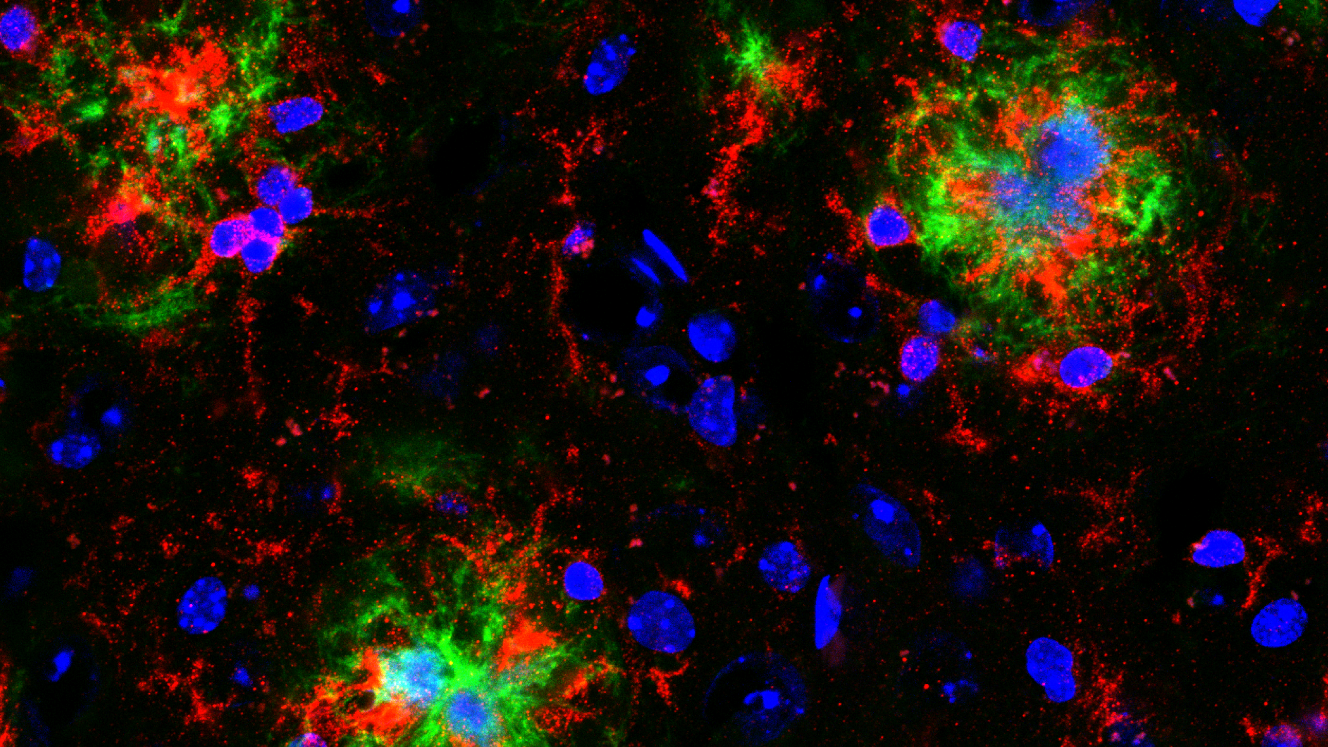In the previous post on grant writing, we described how to write an effective significance and innovation section, focused on defining the problem and providing a high-level overview of your proposed solution. In this post, we’ll outline the experimental approach, or research plan, wherein you’ll expand upon the solution and illustrate exactly how you plan to conduct the research.
Writing the Experimental Approach Section
As with any grant section, you’ll be much more equipped to write a comprehensible, thorough approach if you keep it structured. For example, let’s say in the significance and innovation section, you divided your research strategy into two phases; feasibility, and pre-clinical validation. A general outline for the approach section could be structured like this:
- Phase I – Feasibility:
- For each Specific Aim:
- Rationale and Hypothesis
- Experimental Strategies
- Milestone 1
- Milestone 2
- Data Collection and Statistical Analyses
- Expected Results, Potential Pitfalls, and Alternative Approaches
- Milestone for Phase II Transition
- Schematic for Phase I Timeline
- For each Specific Aim:
- Phase II – Pre-Clinical Validation:
- For each Specific Aim:
- Rationale and Hypothesis
- Experimental Strategies
- Sub-Aim 1
- Sub-Aim 2
- Milestones
- Data Collection and Statistical Analyses
- Expected Results, Potential Pitfalls, and Alternative Approaches
- Schematic for Phase II Timeline
- For each Specific Aim:
Don't assume that the grant reviewers will be familiar with your proposed experimental techniques. If previously published work is critical for understanding the current studies, then include pertinent references, even if they don’t originate from your laboratory. When trying to explain complex protocols, use flow charts or diagrams instead of large bodies of text. Continue to refer to the rationale and hypothesis of each specific aim and how the proposed methodologies, analyses, and alternative tactics will address that aim. Don’t hesitate to be redundant. Take a lesson from the old saying passed down from generations of orators: “Tell them what you’re going to tell them, tell them, then tell them what you told them.”

Given the highly technical nature of the approach section and the importance of demonstrating your expertise in the field, include as much information as possible on preliminary studies. In addition, crisp, clean, polished figures are vital to storytelling and clarifying the foundation and purpose of your application. That being said, no reviewer wants to strain his or her eyes to read figure legends, so be sure to include descriptions that are simple and larger than size eight font!
Addressing Potential Pitfalls and Alternative Approaches
A vital—and often overlooked—portion of the approach is the potential pitfalls and alternative approaches. Science is seldom linear, and rarely, if ever, are results perfectly aligned with your experimental plan. Knowing what could go wrong and how those unexpected mishaps will impact your timelines and budget is an integral part of your strategy.
For example, let’s say you’re pursuing a novel target for cancer and have identified a plasma biomarker that could be used to measure target engagement. One of your sub-aims is to develop an ELISA to measure this biomarker in patient samples that you plan to acquire from collaborators at another institution. Given the precious nature of the clinical samples—and your relationship with your collaborators—you need to ensure that you’ll get reproducible, reliable data. What happens if your ELISA doesn’t work? What if the assay-to-assay variability is too high? What if you can’t find a CRO that can validate the assay and manufacture the plates? Reviewers want to see that you’ve considered these possibilities and have identified the proper contingencies.
As has been emphasized in other posts, petition feedback from your mentors and peers regarding your approach, particularly from those who are outside your field. They will provide invaluable input on potential gaps or points of confusion in your methodology. They will also give you a gut check on whether your proposal is feasible. Can you really do this or are you trying to tackle too much?
The approach section is the bulk of your application and is the area likely to receive the most attention from reviewers—once you dazzle them with the specific aims page! Use it as an opportunity to demonstrate the value of your proposal and why your research team is the right one for the job.
Read the Complete Grant Writing Series:
- Selecting a Target Award & Writing Specific Aims
- Explaining Significance & Innovation
- The Experimental Approach
- Timelines, Future Directions, & Your Grant Title
- Smaller Application Components
- Budget Justification, Letters of Support, & More
- Interpreting Summary Statement & Reviewer’s Critiques
- What Are My Chances of Acceptance?
Note: The National Institute of Allergy and Infectious Diseases provides sample applications along with corresponding summary statements. This is a good resource to see what gets people funded!






